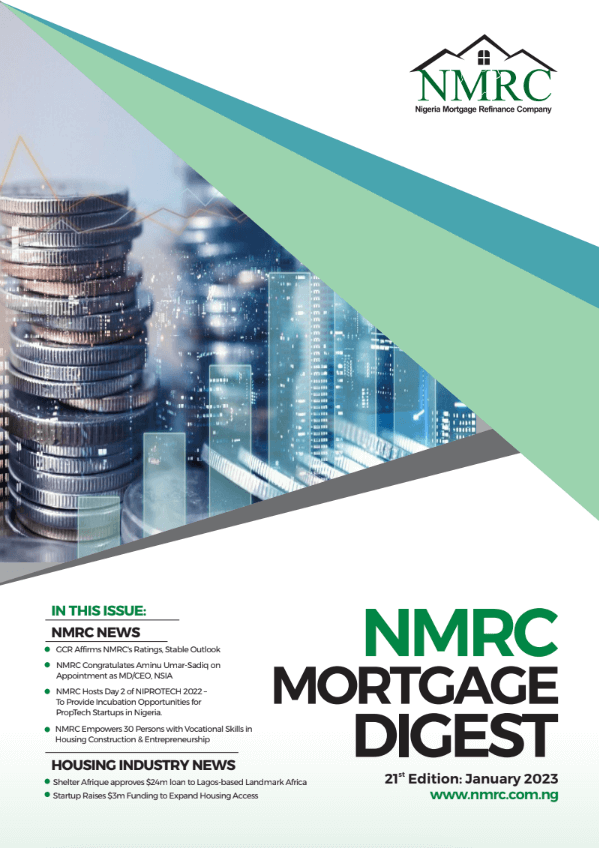A mortgage is a loan from a bank or a financial institution that helps the borrower purchase a house. A mortgage is secured by the home itself, so if the borrower defaults on the loan, the bank can sell the home and recoup its losses. Mortgage payments are usually monthly and consist of four components: principal, interest, taxes, and insurance.
Before getting a mortgage, the borrower agrees to certain terms and conditions. These specify how long she has to pay the mortgage back, which can span years, and how much she has to pay each year as well as what she’s required to pay at signing, which is a percentage of the home’s cost called a down payment.
These terms and conditions also specify the rate at which interest accrues, and whether it accrues at a fixed rate, which means the rate stays the same for the entire term of the loan; or at an adjustable rate, where the interest rate can be raised or lowered.
Borrowers pay back the bank for their mortgage at regular intervals, usually monthly. The payments go toward the total amount of money borrowed, which is called the principal, and the interest, although the latter is tax-deductible. The process of paying off a mortgage is called amortization.
Mortgages are considered secured loans, meaning that they’re backed up by an asset — the house — should the homeowner default. When the borrower defaults, lenders are permitted to take back the house, which is called foreclosure. For this reason, some lenders require borrowers to take out some kind of insurance, such as homeowners’ insurance, which covers material damage to the property, or mortgage insurance, which protects the lender in case the borrower defaults.























